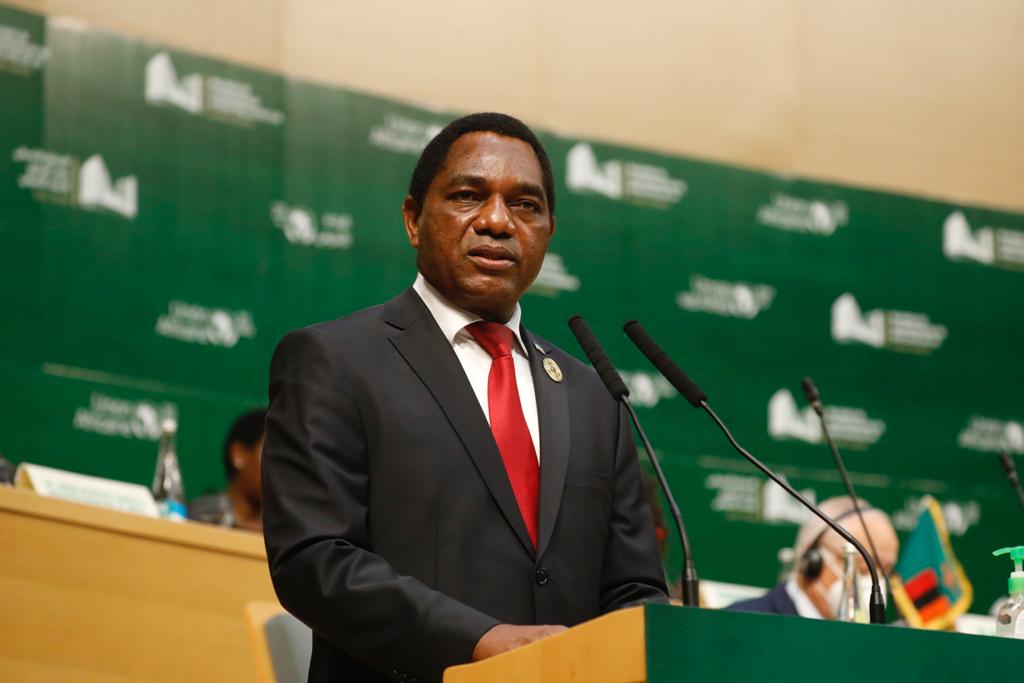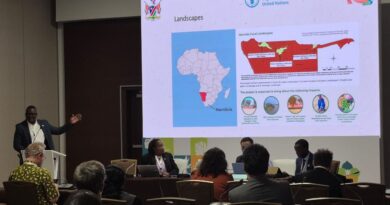Zambia Achieves $6.3bn Debt Restructuring, Offers Hope to Other Indebted Nations
In a significant development on June 22, Zambia reached a $6.3bn debt restructuring agreement with its official creditors, slashing its debt burden by approximately 40%. Amidst the burgeoning global debt crisis, which currently stands at a staggering $235tn, Zambia’s financial triumph offers a beacon of hope to many developing countries on the brink of defaulting on their debt obligations.
In recent years, many such countries have seen a substantial rise in poverty, grappling with challenging macroeconomic factors such as the after-effects of the Covid-19 pandemic, climate-induced natural disasters, and unpredictable commodity prices. High debt burdens have significantly hampered their economies, echoing the ‘lost decade’ of growth experienced by several Latin American countries in the 1980s due to delays in debt relief.
Zambia’s breakthrough in debt restructuring, however, illustrates the effectiveness of international cooperation in providing debt relief under the G20 Common Framework. Zambia was the first country to request debt treatment following the unprecedented surge in global debt caused by the pandemic, the largest since World War II.
The Common Framework, an innovative initiative launched by the G20, streamlines debt restructuring efforts and includes non-Paris Club member lenders like China, India, Saudi Arabia, Kuwait, and Turkey, along with private creditors. While some delays stirred doubts about the framework’s effectiveness, Zambia’s debt deal has demonstrated the potential for creditors to unite in providing essential debt relief.
Key to Zambia’s success was its commitment to rigorous internal reforms to gain the confidence of its creditors. After assuming office, President Hakainde Hichilema’s administration rapidly introduced changes to enhance public financial management and prevent a repetition of past mistakes that led to unsustainable debt levels. These included implementing transparency and accountability in all public borrowing, establishing prudent spending oversight, and reinforcing the independence of the Central Bank. Despite these changes being politically unpopular, they have already yielded positive results.
As a testament to its efforts, Zambia expects a GDP growth of at least 4% in 2023. These reforms also demonstrate the country’s dedication to long-term debt sustainability and economic growth.
Zambia’s debt restructuring success story offers a roadmap for other heavily indebted nations. By combining economic reform, proactive engagement with creditors, and international cooperation, Zambia provides an example that solutions can indeed be found. The country now hopes that others will follow its lead, paving the way for the reclaiming of their economic futures and prosperity for their people.



